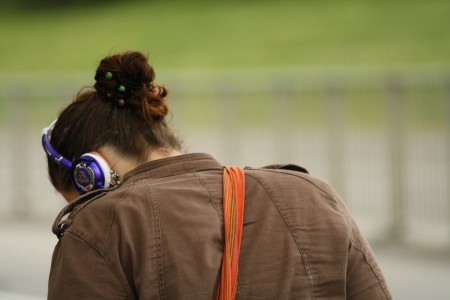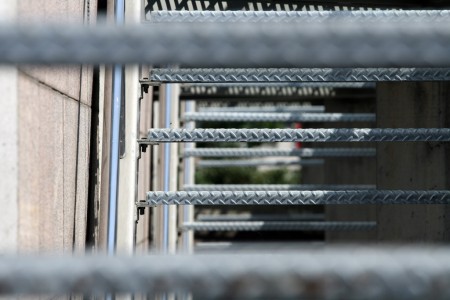Late in The Greatest Show on Earth, Richard Dawkins reiterates a key point from his earlier book The Selfish Gene: namely, that there is nothing in natural selection to prevent a species from engaging in behaviour that is profoundly self-destructive in the long run. As he evocatively puts it:
“But, the planning enthusiast will protest, when all the lions are behaving selfishly and over-hunting the prey species to the point of extinction, everybody is worse off, even the individual lions that are the most successful hunters. Ultimately, if all the prey go extinct, the entire lion population will too. Surely, the planner insists, natural selection will step in and stop that happening? Once again alas, and once again no. The problem is that natural selection doesn’t ‘step in,’ natural selection doesn’t look into the future, and natural selection doesn’t choose between rival groups. If it did, there would be some chance that prudent predation could be favoured. Natural selection, as Darwin realized much more clearly than many of his successors, chooses between rival individuals within a population. Even if the entire population is diving to extinction, driven down by individual competition, natural selection will still favour the most competitive individuals, right up to the moment when the last one dies. Natural selection can drive a population to extinction, while constantly favouring, to the bitter end, the competitive genes that are destined to be the last to go extinct.” (p.389 hardcover)
The natural response to reading such a passage is to consider how it applies to human beings. A superficial reading is a dangerous one, as Dawkins describes at length in The Selfish Gene. It is possible for human beings to plan and to avoid the kind of deadly spiral he describes; it simply isn’t an inevitable product of evolution that we will do so. Probably without realizing it, Dawkins uses a terrible example to try to illustrate this human capability. He cites the “quotas and restrictions,” limitations on gear, and “gunboats patrol[ling] the seas” as reasons for which humans are “prudent predators” of fish. Of course, we are anything but and are presently engaged in a global industrialized effort to smash all marine ecosystems to dust. Nevertheless, the general capability he is alluding to could be said to exist.
In many key places, we need to accomplish what Dawkins wrongly implies we have achieved with fishing: create systems of self-restraint that constrain selfish behaviour on the basis of artificial, societal sanctions. Relying upon the probabilistic force of natural selection simply won’t help us, when it comes to problems like climate change. So far, our efforts to craft such sanctions (which would probably include ‘positive’ elements such as education) have been distinctly unsuccessful.
Perhaps if people could grasp the fact that there is nothing in nature – and certainly nothing supernatural – to protect humanity from self-destruction, they will finally take responsibility for the task themselves. The blithe assumption that a force beyond us will emerge to check the excesses of our behaviour is dangerously wrong. Now, if only people could show some vision and resolve and set about in rectifying the most self-destructive traits of our species, from indifference about the unsustainable use of resources to lack of concern about the destructive accumulation of wastes. In this task, we actually have an advantage in the existence of states that exist largely to constrain individual behaviour. The kind of behaviours that produce the self-destructive spiral in Dawkins’ lions can potentially averted by putting their human equivalents into the shackles of law.







